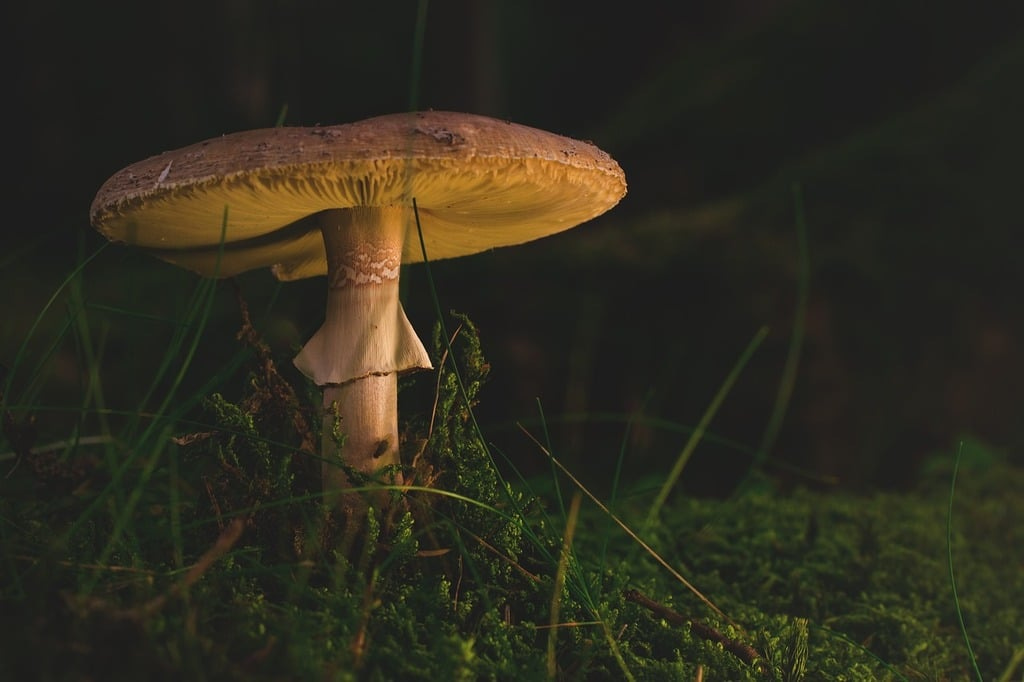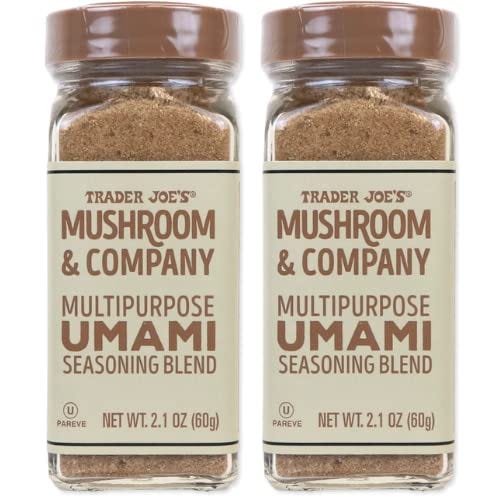Why Isn’t a Mushroom a Plant?
At first glance, mushrooms seem plant-like. They look like tiny trees, stay rooted in place, and don’t scurry away—pretty plant-like, right? Not quite. Botanists have compelling reasons for their classification, the most critical being that mushrooms lack chlorophyll. That magical green pigment in plants harnesses sunlight, water, carbon dioxide, and Rubisco (an enzyme) to perform photosynthesis, creating carbohydrates and other vital compounds. Mushrooms simply don’t do that.
Unlike plants, mushrooms don’t thrive in regular soil. Ever seen a mushroom growing kit instruct you to sprinkle spores into dirt? Nope. Mushrooms need a substrate—often dead wood chips, cardboard scraps, or coffee grounds. They release enzymes into the substrate, breaking it down to extract energy. This means mushrooms can grow in the dark because they don’t need sunlight (very ‘Silo’-esque!).
Fungi: should they be loved or hated?
Mushrooms are fungi, belonging to their own kingdom, separate from plants and animals. And fungi are prolific. Each year, an estimated 50 million tons of fungal spores fill Earth’s atmosphere. That’s why mold appears like clockwork on your cheese or bread despite your best efforts. Fun fact: bread has zero mold only once—right after it leaves the oven. As it cools, spores settle in, biding their time to frustrate you days later.
But what if fungi disappeared? For starters, it’s impossible. Even if it weren’t, life as we know it would crumble. Say goodbye to bread and alcohol—yeasts are fungi, too. Forests would pile up with dead trees since saprotrophic fungi (aka "decay-feeders") are crucial for breaking down cellulose. And plants would lose their underground allies—mycorrhizal fungi. These fungi act like root extensions, forming a symbiotic relationship with plants, helping them absorb water and essential nutrients like nitrogen, phosphorus, and zinc in exchange for sugars. Without fungi, ecosystems would collapse.
From a Cook’s Perspective: what does mushroom bring to the table?
Since mushroom kind of lands in-between the plant and mushroom kingdom, it brings its own unique qualities to the table. Whenever I make stir fries, I add my standard ingredients - soy sauce, my rice vinegar, garlic, chillies etc to the recipe. I then taste it, I feel something is missing. I add mushroom powder and all becomes right with the world.
Mushroom powder can elevate stir-fries, adding depth and base notes other ingredients can’t match. Their rich umami flavor makes them a star in savory dishes. Mushroom stocks are perfect for ramen or soups, offering a robust flavor profile.
Structurally, mushrooms contain chitin (like in the shells of crustaceans), not cellulose. This makes sense, since they literally digest cellulose for energy. This gives them a meaty texture and prevents them from softening like carrots or potatoes, no matter how long you cook them.
Are Mushrooms a part of the vegetarian diet? If yes, why is your mom refusing to eat them?
For Indians, this question has cultural nuance. Technically, mushrooms are vegetarian. But for many older generations, the texture is unsettling. My mother, a lifelong vegetarian, avoids mushrooms for this reason. While I didn’t grow up eating mushrooms, I enjoy them now—but it took years for the texture to grow on me. Cooking them for my children eventually helped me appreciate their flavor and versatility.
If your mother doesn’t want to eat mushrooms, let her be. As long as she’s getting her nutrients, what’s the issue? Everyone has their preferences.






I recently took my first foraging class. It began with a few hours of classroom work where we learned about the incredible nature of mushrooms and how it’s not hyperbole to think they’re among the earth’s biggest allies. Absolutely fascinating.